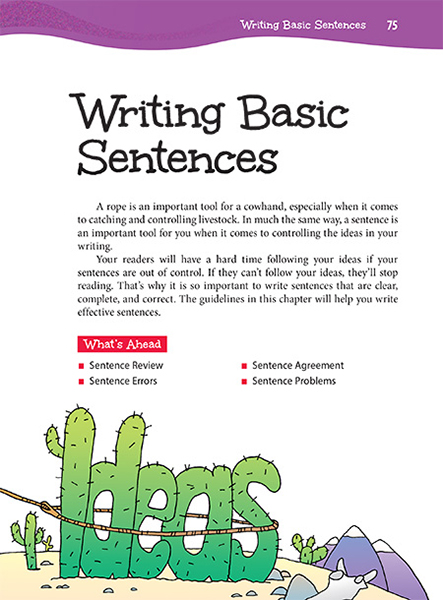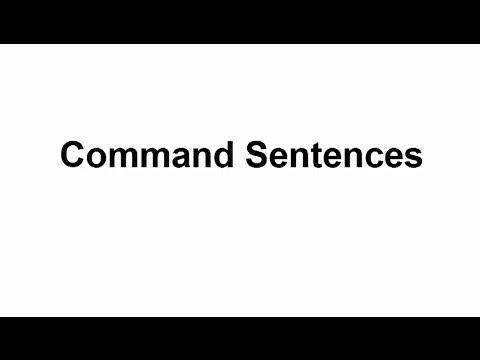Page 075 from

Start-Up Activity
Provide students with several pairings of subjects and verbs (dogs chase, cats purr, motorcycles roar). Have them add words to each pair to create interesting sentences. Then have them write a sentence with a compound subject and another one with a compound verb. Display some of the sentences for class discussion.
Think About It
“Nouns and verbs are the two indispensable parts of writing. Without one of each, no group of words can be a sentence.”
—Stephen King

Start-Up Activity
Provide students with several pairings of subjects and verbs (dogs chase, cats purr, motorcycles roar). Have them add words to each pair to create interesting sentences. Then have them write a sentence with a compound subject and another one with a compound verb. Display some of the sentences for class discussion.
Think About It
“Nouns and verbs are the two indispensable parts of writing. Without one of each, no group of words can be a sentence.”
—Stephen King







